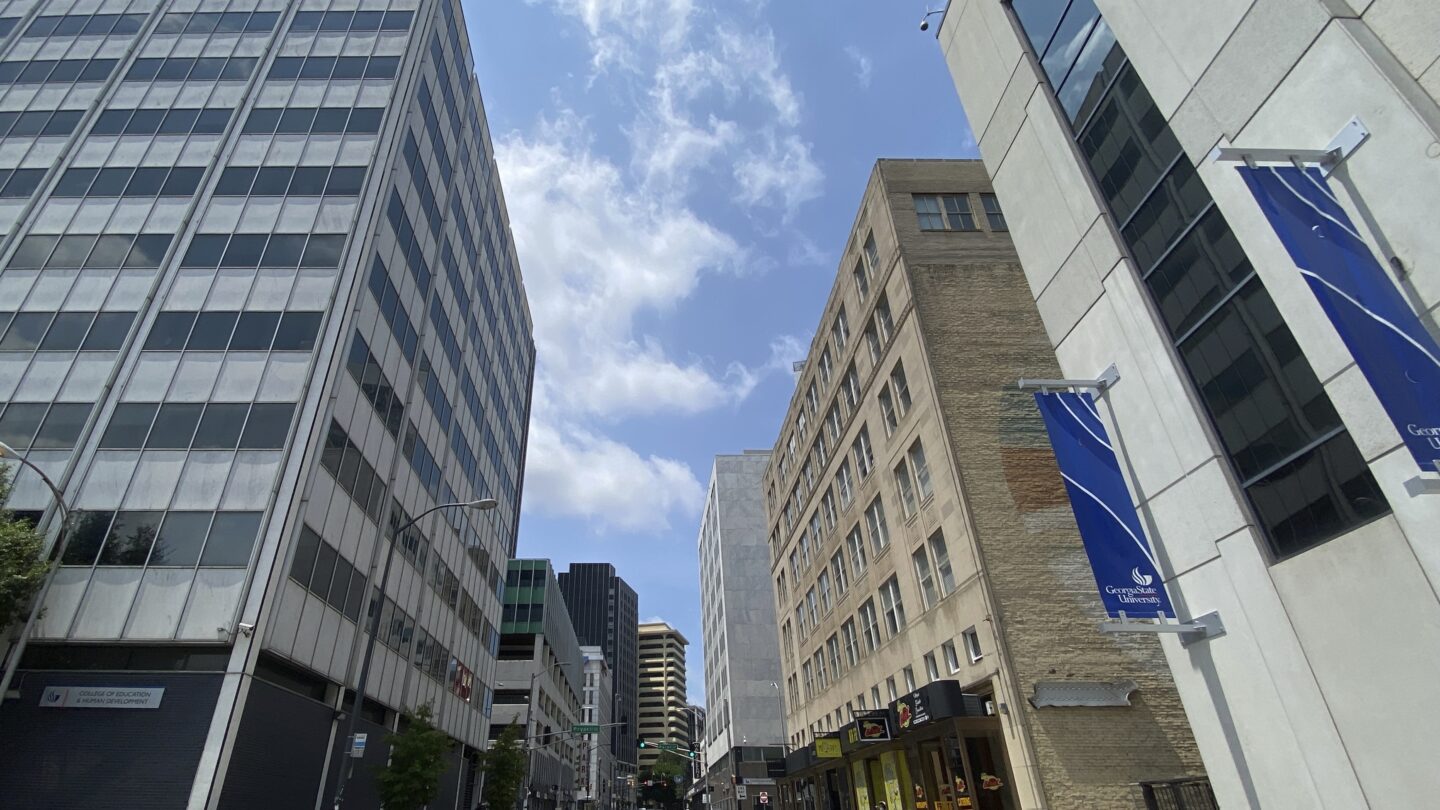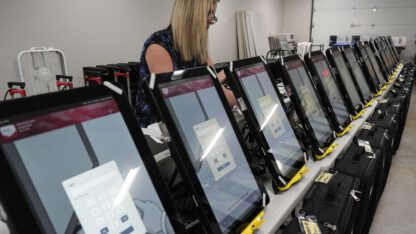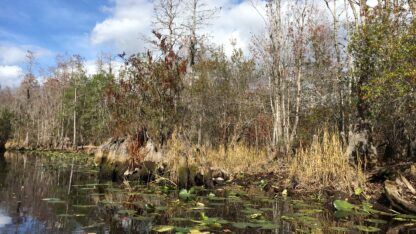Georgia State University plans a rapid $107 million remake of its downtown Atlanta campus before summer 2026, fueled by an $80 million gift.
The work would be fast-tracked to finish before World Cup soccer games begin on the west side of downtown Atlanta at the Mercedes-Benz Stadium in June 2026. The university will spend $27 million of its own money, with $80 million coming from the Robert W. Woodruff Foundation, a titan of Georgia philanthropy founded by a one-time Coca-Cola Co. CEO.
Georgia State plans to demolish one of its original buildings to create a quadrangle, close a block of a downtown street, rework downtown’s Woodruff Park, and renovate several buildings. The broader hope is that increased student activity will make downtown a more welcoming place. Atlanta’s downtown currently has high office vacancy rates with many preferring Atlanta’s glitzier Midtown district, and the pandemic exacerbated the struggles of many downtown retailers.
“This project will breathe new life into our downtown area and into the city of Atlanta,” Atlanta Mayor Andre Dickens, who holds a master’s degree from Georgia State, said in a statement.
University System of Georgia regents on Tuesday approved the plan, although they must later sign off on individual projects.
Starting as a night school before World War II, Georgia State has never had the traditional outdoor spaces of many American college campuses. It has acquired some existing buildings over time, while others built for the fast-growing university present a fortress-like aspect to the street.
University President M. Brian Blake aims to change that, seeking what he calls “a college town downtown.”
Blake said students told him when he arrived in 2021 that one of their desires was a more traditional campus. And that had long been part of university plans when Blake said the Woodruff Foundation this spring encouraged the university to dream big.
“They kept saying, ‘Money is not your issue. Give us your ideas. Do the dream,’” Blake said.
The university has already successfully created the grassy strip of a greenway in the middle of a city block by demolishing a 1925 parking garage that long held classrooms. The greenway has become a busy corridor where students meet and hang out. Georgia State would create a much-larger quadrangle at one end of that block by demolishing Sparks Hall, built in 1955 and named after Georgia State’s first president. The university also wants the city of Atlanta to permit it to close a block of adjoining Gilmer Street, creating a pedestrian pathway adjoining Hurt Park, which Georgia State manages for the city under contract.
The school would renovate several buildings facing Hurt Park, including the 18-story former headquarters of the United Way of Greater Atlanta, bought by Georgia State for $34 million in 2023.
The other part of the plan focuses on Woodruff Park. Many homeless people live at the park, in the core of downtown Atlanta. The university says it will ask the Metropolitan Atlanta Rapid Transit Authority to move a streetcar platform so it can build a wider staircase from a campus building into the park, encouraging students to walk across the park to Georgia State buildings farther east.
“The gift allowed us to take our plan and just put it on steroids,” said Jared Abramson, the university’s executive vice president and chief operating officer.
Blake said making the park more welcoming necessarily means offering more services to homeless people. Georgia State recently created a Center on Health and Homelessness in its School of Public Health that seeks to research solutions for homelessness, and it’s likely to be involved in efforts in the park. Abramson said the university could bring “more academic resources to bear to solve the problem.”
Making downtown more attractive could also help the university draw in more students. Abramson said many students who turn down admission cite fears of safety downtown and the project will result in Georgia State “bringing more of our good energy to more spaces.”









